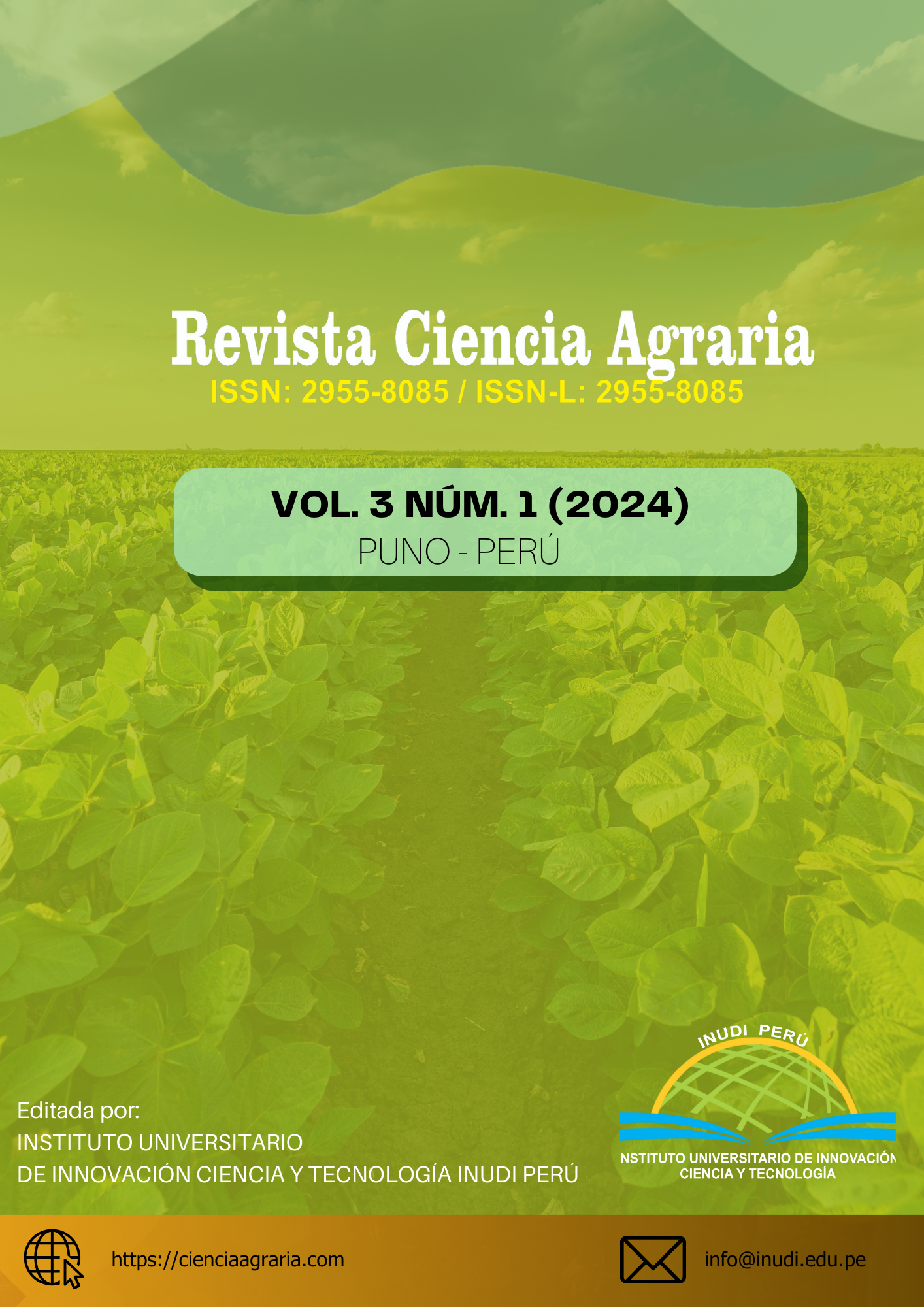Phytopathogenic diseases in ornamental plants of importance for export in Guatemala
DOI:
https://doi.org/10.35622/j.rca.2024.01.002Keywords:
phytopathogenic fungi, phytopathogenic bacteria, foliage plants, diseaseAbstract
Ornamental and foliage plants make a significant contribution to Guatemalans, generating approximately 15,000 permanent jobs. Currently, they export over 500 species and 3,000 varieties of ornamental plants, showing growth in exports in recent years. Phytosanitary management is a determining factor for the production and export of these plants. The objective of the research was to identify the phytopathogenic fungi and bacteria that attack the ornamental plants collected for the study. The plants were collected in the open field or greenhouse, placed in humid chambers, and cuts or scrapings were made for diagnosis, subsequently taxonomic keys were used. The plants evaluated were: Agapanthus (Agapanthus), Elephant's foot or pony (Beaucarnea), Gerbera (Gerbera), Anthurium (Anthurium), Bird of paradise (Strelitzia reginae), Protera (Protea mellifera), Magnolia (Magnolia javieri), Gladiolus (Gladiolus), Chamaedorea Fern (Rumohra adiantiformis), areca palm (Dypsis lutescens), syngonium (Syngonium podophyllum) and Rose (Rosa chinensis). Most of the diseases diagnosed were phytopathogenic fungi, identified as: Mycosphaerella, Alernaria, Colletotrichum, Oidium, Capnodium, Coniothyrium, Pestalotiopsis, Batcheloromyces, Botrytis, Fusarium, Phoma, Bipolaris, Verticillium and Cylindrocladium and only one phytopathogenic bacteria was diagnosed as Erwinia in Cyclamen, of the 18 evaluated. These phytopathogens have a direct impact on the production and trade of ornamental plants because the aesthetics of the product is an essential requirement in these crops.
Published
Issue
Section
License
Copyright (c) 2024 Claudia Toledo-Perdomo (Autor/a)

This work is licensed under a Creative Commons Attribution 4.0 International License.











